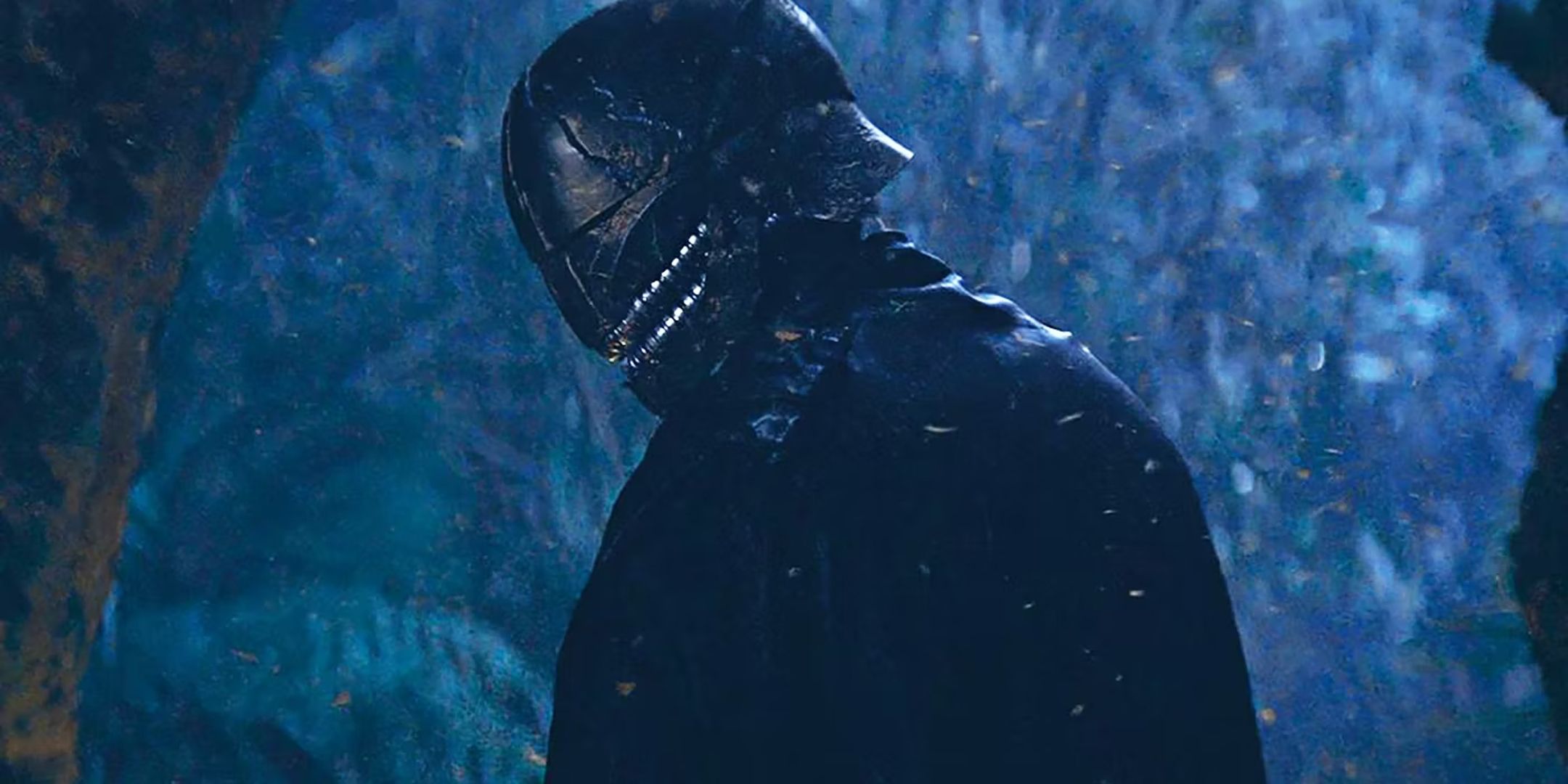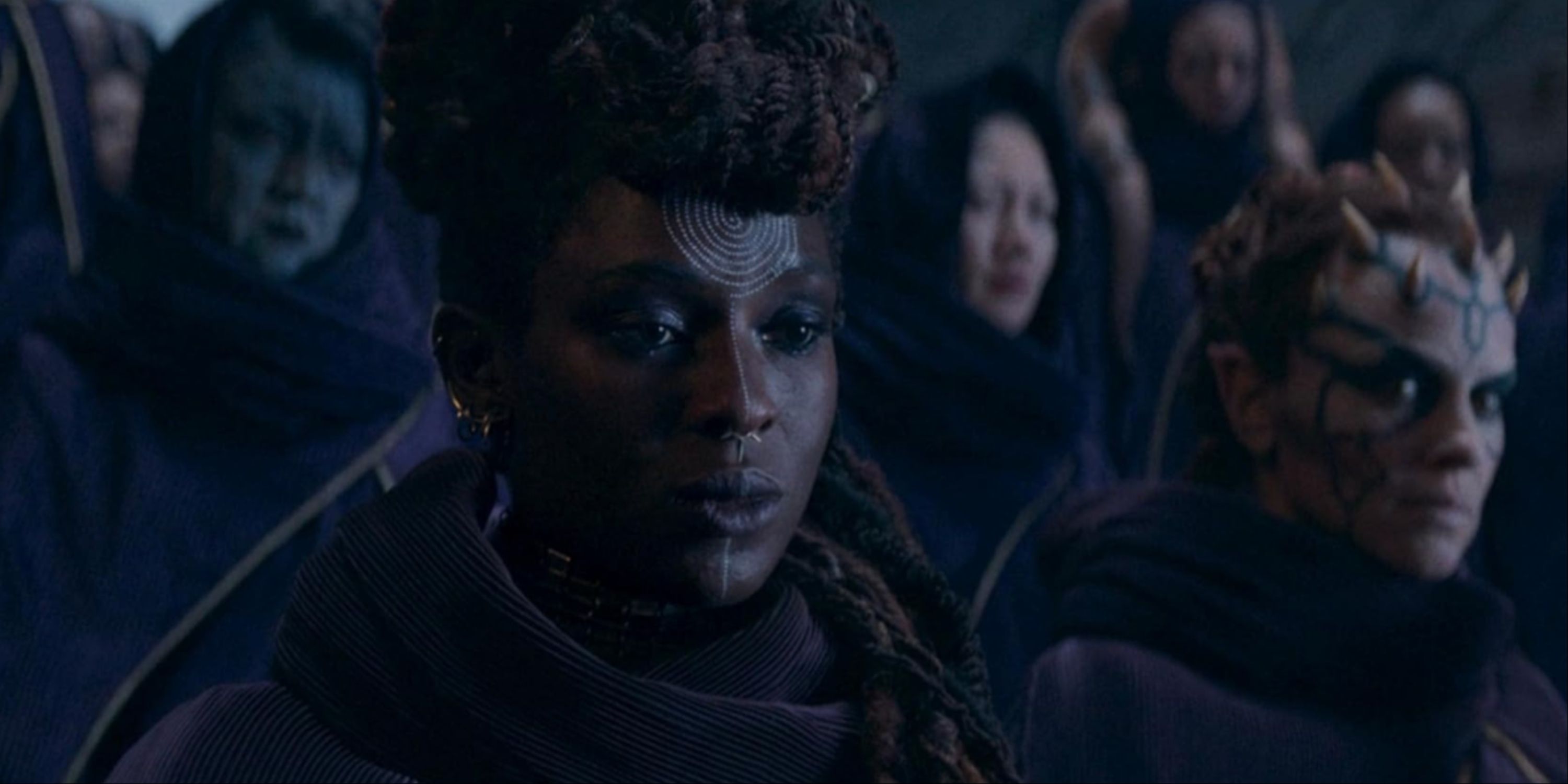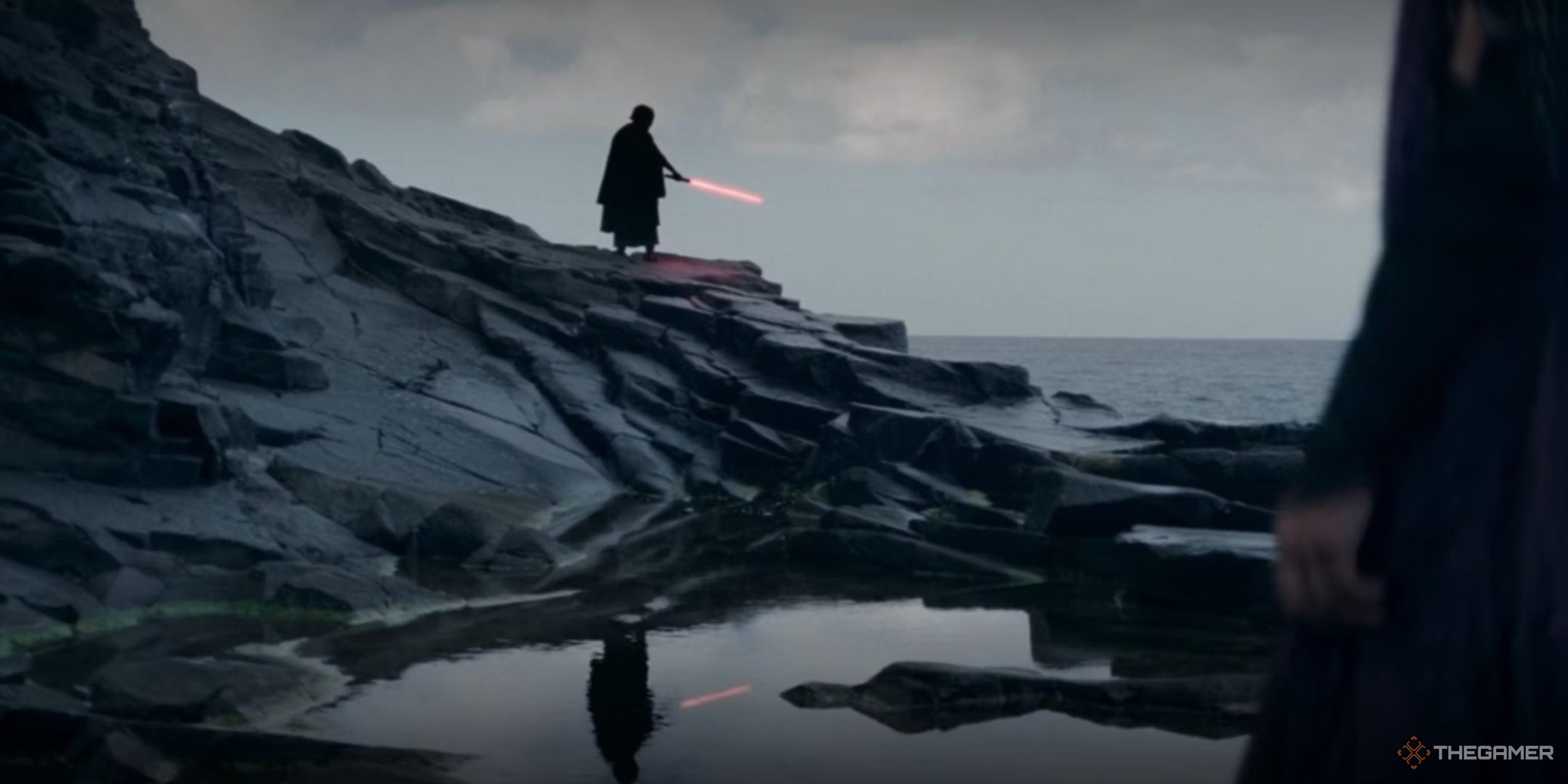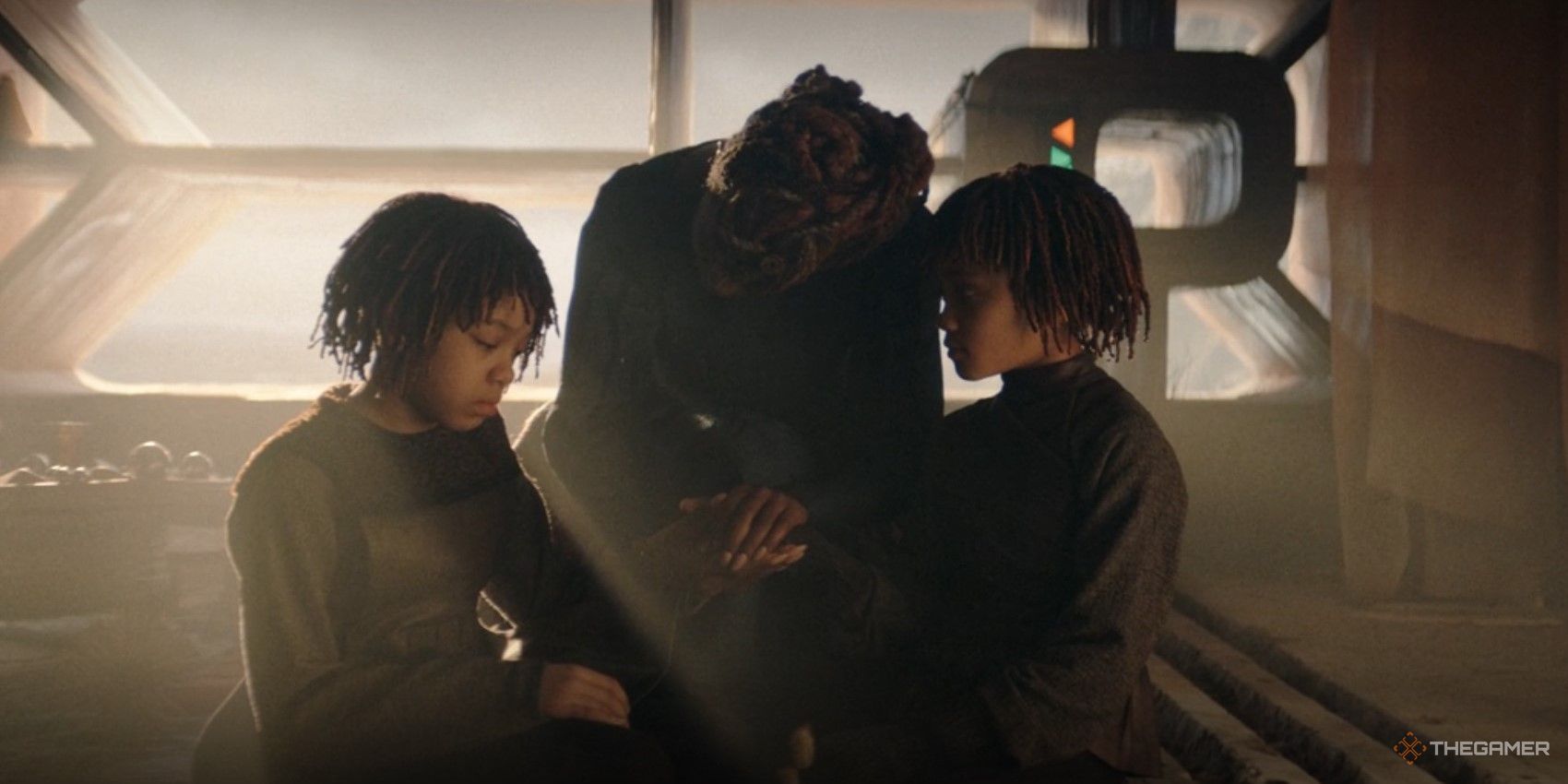
The problem with Star Wars is incredibly easy to pinpoint—Dave Filoni. He’s a diehard fan above all else, enamoured not only with George Lucas’ work but his own contributions, constantly finding ways to bring back fan favourite characters even if it doesn’t fit the story being told.
Casual viewers who were engrossed in the tale of Mando and Baby Yoda now have to sit through constant callbacks to The Clone Wars, a kids’ show that wasn’t nearly as good as you remember. And if you were enjoying The Book of Boba Fett, surprise! Now it’s Mandalorian 2.5.
Having nothing but fans at the helm has ripped away the core message of Star Wars as we watch a man play with his action figures instead. This is why The Acolyte’s controversial approach is so refreshing.

Last month, showrunner Leslye Headland told AV Club that she wanted to hire people who “are not necessarily the die-hard, cutthroat fan” that she is to bring in a new perspective. Filoni and the other Star Wars shows could learn a lot from this approach, even if the idea of outsiders stepping into this world is seen as an invasion by a fandom who hoards their love of this franchise like it’s going out of print.
Sure, Acolyte nods to the High Republic era, but it uses these other stories as world-building devices, not shiny keys to distract from paper-thin narratives. The most recent episode referenced the very first book set in this time period in which a ship is torn apart in hyperspace, sending debris hurtling into the galaxy at such speeds that several moons are destroyed. It’s a small callback that makes the era feel alive, like pieces are moving beyond what we’re watching.
By contrast, so much of the Filoni-style storytelling makes Star Wars feel tiny. In an enormous galaxy with countless civilisations occupying myriad planets, the same handful of characters keep running into each other across completely different stories and shows. It doesn’t feel like the universe is moving, because everything keeps getting pulled to one point.

Acolyte drew ire for its Ki Adi Mundi cameo as many fans decried that it created a plot hole (it didn’t), but how it was handled was so starkly different to what we’re used to. He didn’t take centre stage despite being an obscure character most casual viewers wouldn’t even know the name of. He was a fun nod for the diehard fans and was quickly moved on from, never overstaying his welcome.
You don’t have to watch the prequels to understand Ki Adi Mundi’s presence. He plays the same role as any other background character. Cameos have become warped in the age of the MCU and Star Wars. They used to be small appearances to make us point at the screen like that one Leonardo DiCaprio meme, think E.T. in the prequels, but now cameos are characters with so much baggage and needless relevance that their involvement is often alienating.
The response to Ki Adi Mundi perfectly encapsulates what Star Wars has become—a shallow vat of lore. His age didn’t line up with what we knew from Legends, so the wiki drew backlash for updating its page to reflect his new birthday. Canon had changed, the sacred texts had been burned. Star Wars fans aren’t engaging with the stories being told, just the emptiness of a fictional timeline.

Having someone who isn’t a fan in the writer’s room is such a simple but brilliant idea to keep these shows from getting caught up in themselves and feeding into that lifeless viewpoint that makes them completely impenetrable. When I write about in-depth lore or dig into the weeds of a fandom, I ask my out-of-the-loop colleagues or partner to read over my work to make sure that it’s still understandable from an outside perspective.
The reaction to Acolyte being vitriol that a non-fan would dare step foot onto hallowed Star Wars ground is emblematic of the gatekeeping culture that’s been brewing for decades. But at one point, you were the outsider and the series welcomed you with open arms and you found something to cherish and latch onto. That openness has been lost along the way, and fans are more than happy to leave the door shut behind them—Acolyte is kicking it back open. I just hope it’s the start of a trend and not an outlier.





